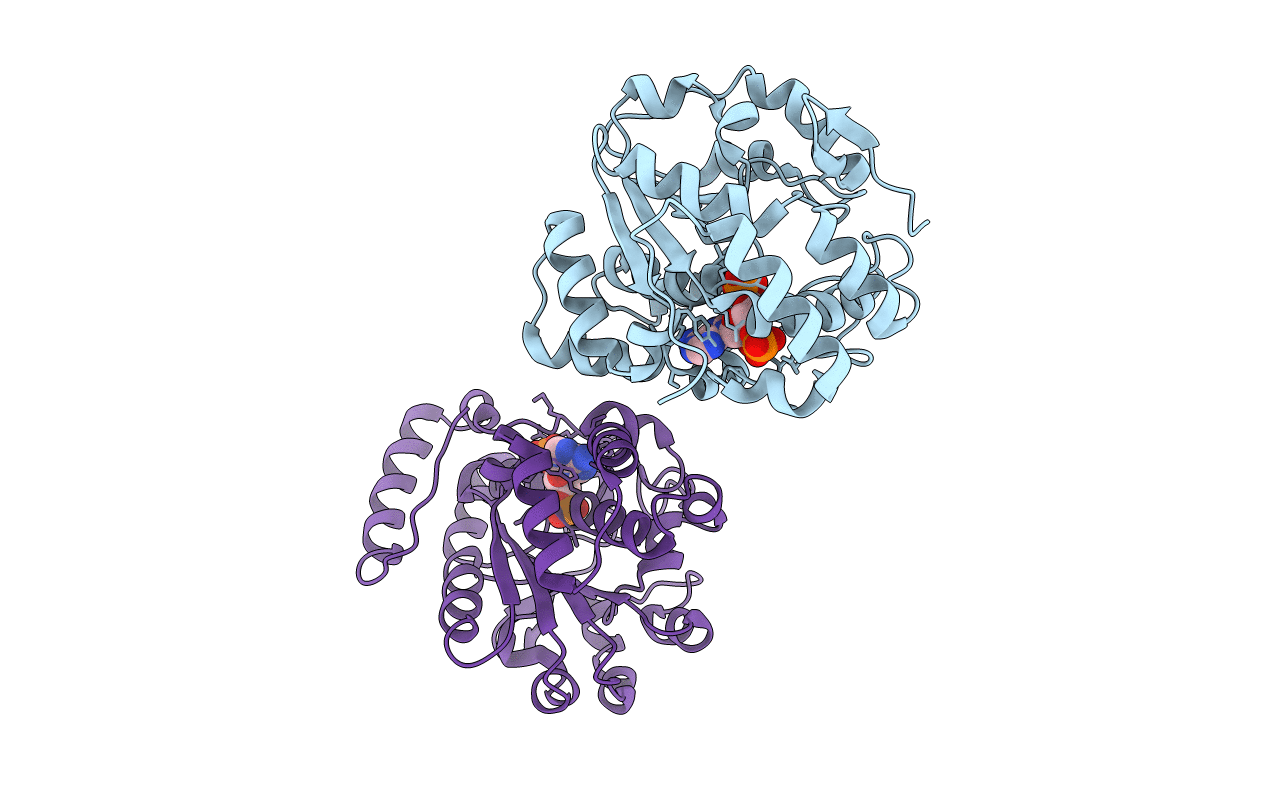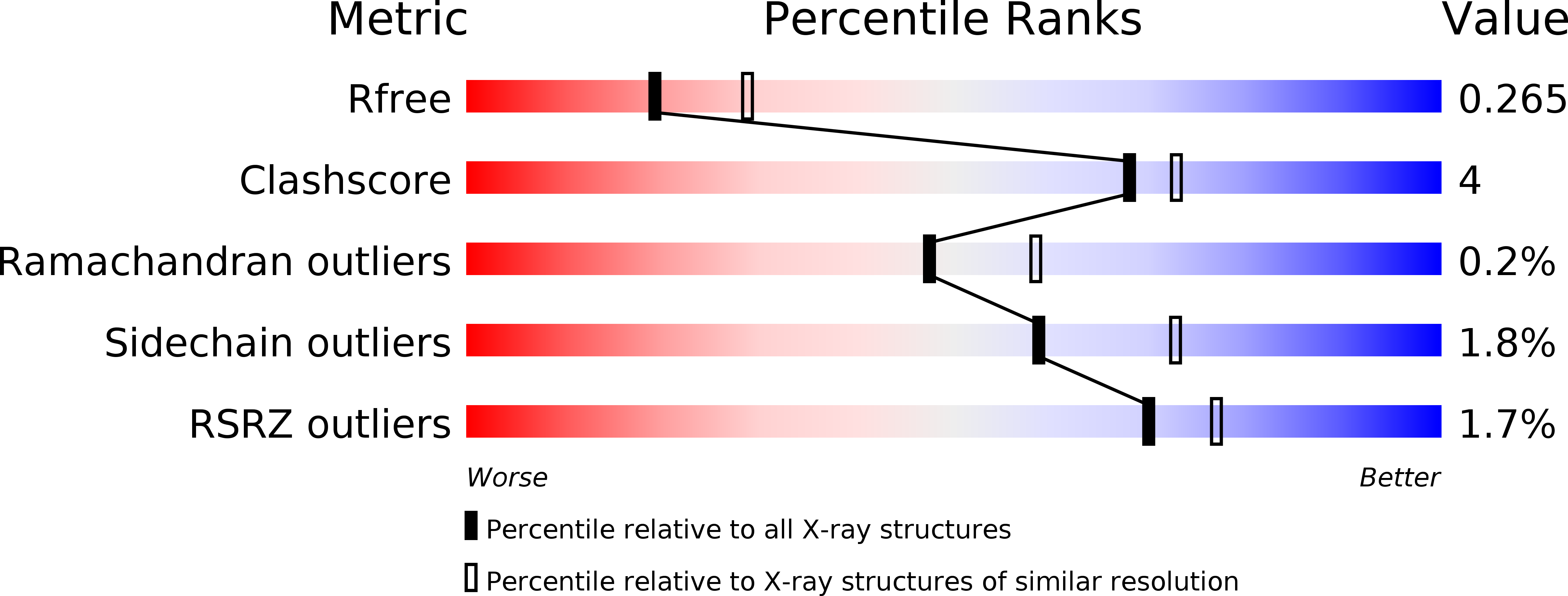
Deposition Date
2012-08-24
Release Date
2013-01-16
Last Version Date
2023-09-13
Method Details:
Experimental Method:
Resolution:
2.56 Å
R-Value Free:
0.26
R-Value Work:
0.21
R-Value Observed:
0.21
Space Group:
P 1 21 1


